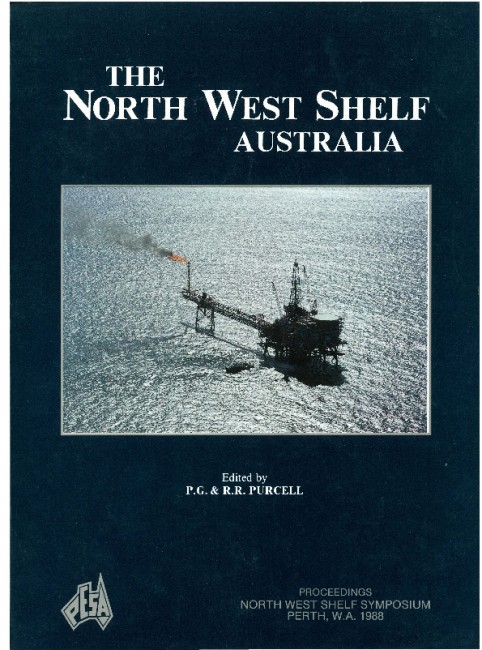Publication Name: The North West Shelf Australia
Authors: B. Ingram and R. Morgan
Date Published: July 1988
Number of Pages: 21
Reference Type: Book Section
Abstract:
Palynology (the study of acid insoluble microfossils) has grown from a scientific curiosity in the 1830s through a rudimentary time-tool in oil exploration in the 1960s to provide the modern explorer with precise age dating and detailed information on depositional environments, source rock potential and organic maturity. Their small size and resistant chemistry allows vast numbers of palynomorphs to be recovered from small rock samples. Their rapid evolution, and occurrence in continental and marine sediments of Precambrian to Recent age, further enhance their value as biostratigraphic markers. Rapid turn around aids cost effective drilling. Problems confronting the palynologist include reworking and caving (including mud penetration), barren reservoir sections, palynofacies, inconsistent data sets, and the current incomplete state of knowledge.On the North West Shelf, palynological resolution has evolved since the mid 1960s through the pioneering work of the Wapet and Burmah (later Woodside) laboratories, and the more recent detailed studies of Robin Helby and the Esso laboratory. Palynology has become the dominant biostratigraphy in most of the prospective section. The adoption of the Helby, Morgan and Partridge (1987) scheme as an industry standard allows regionally significant tectonic, eustatic, and depositional events to be recognised and provides a useful framework to understand local geological events. In the future, precision will improve, detailed studies of age and environment will aid field development, and rigsite palynology will become available.


